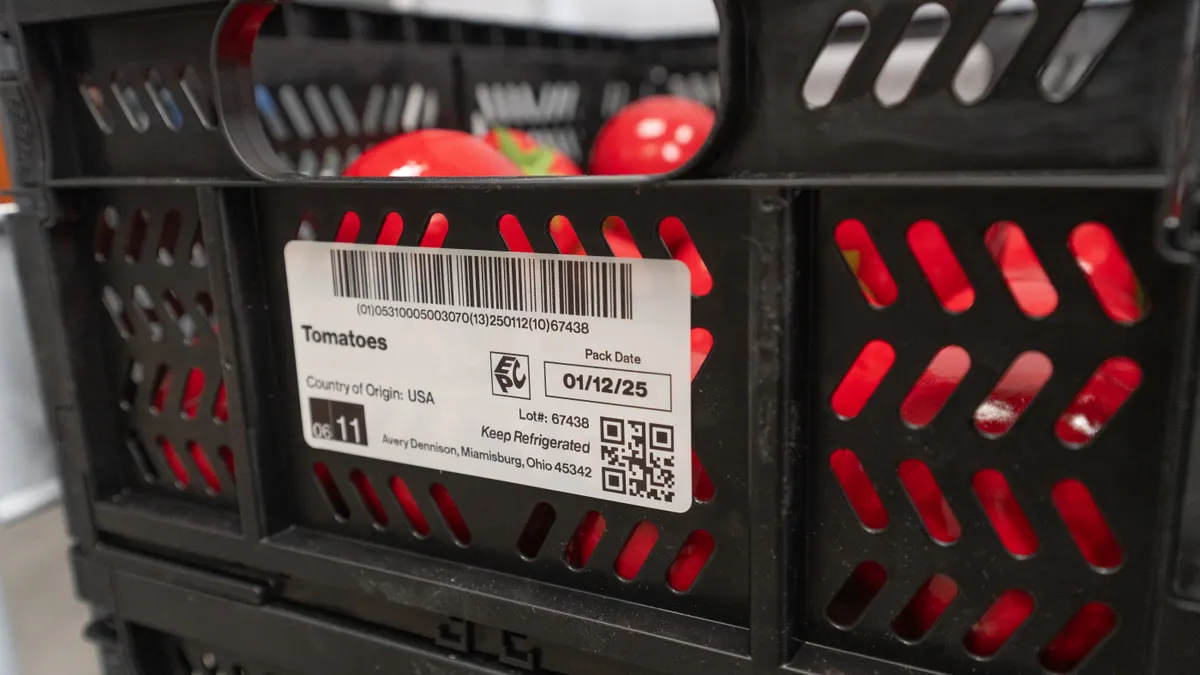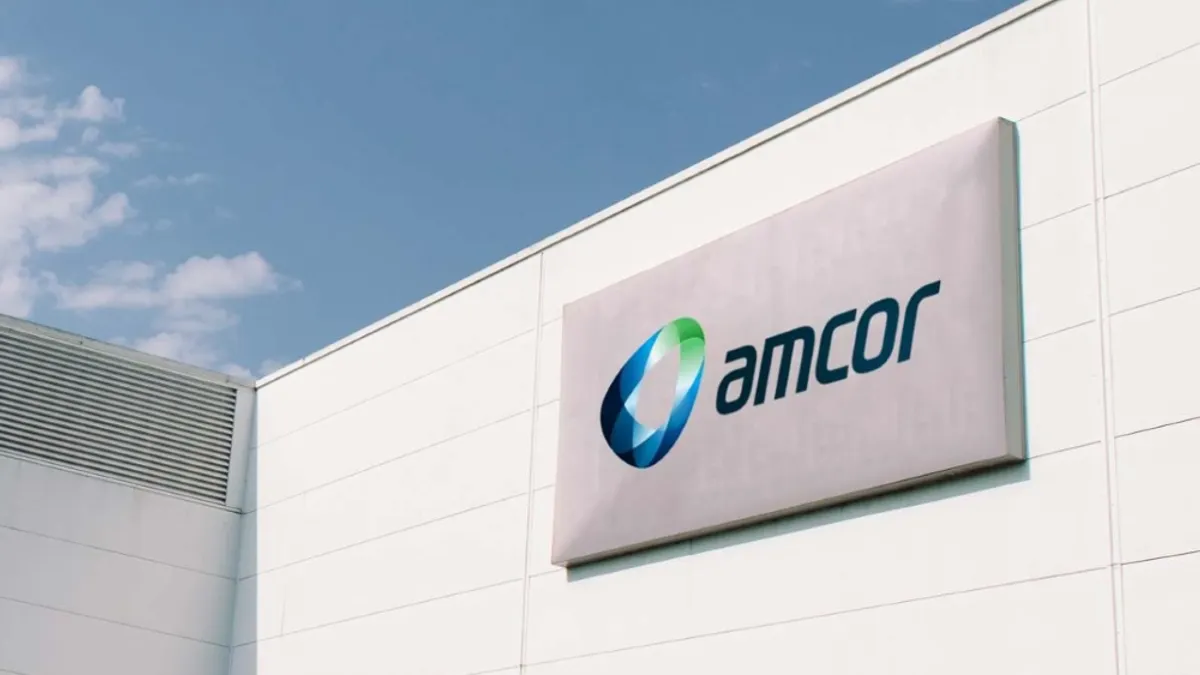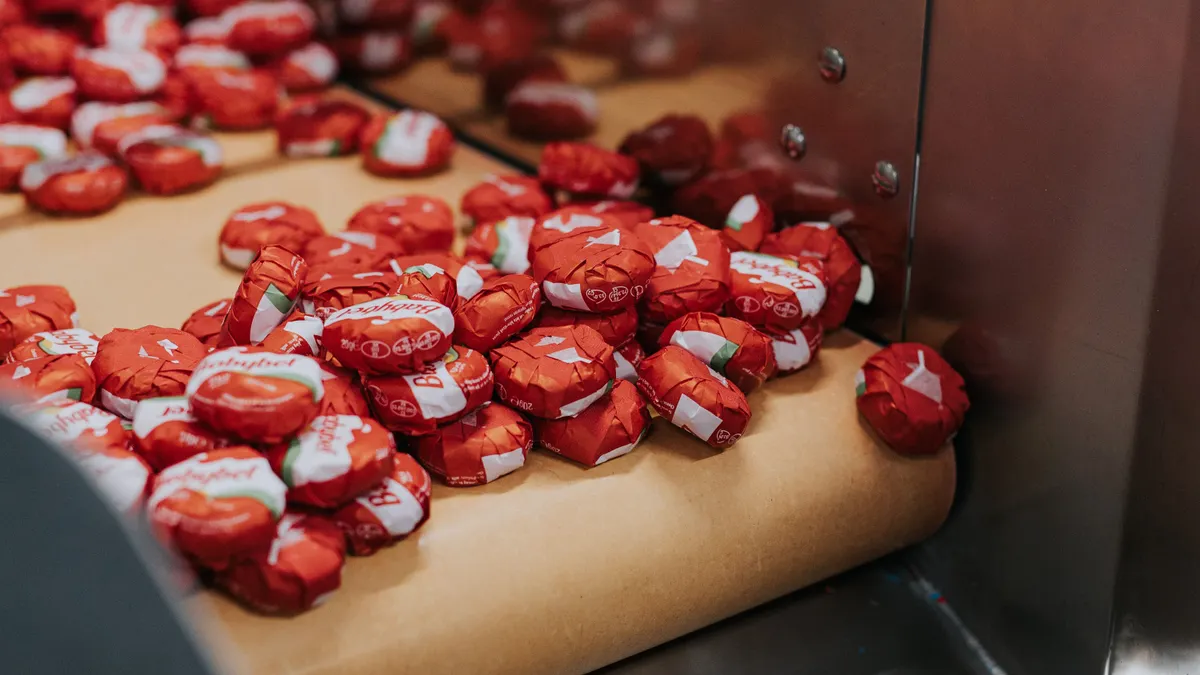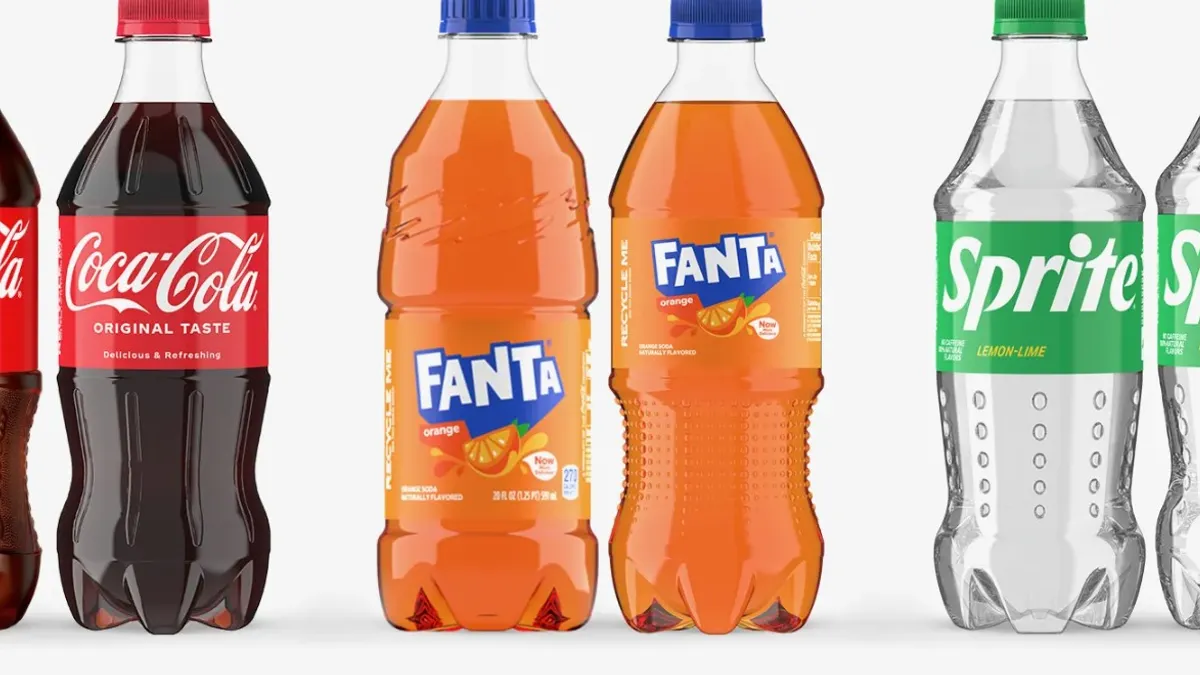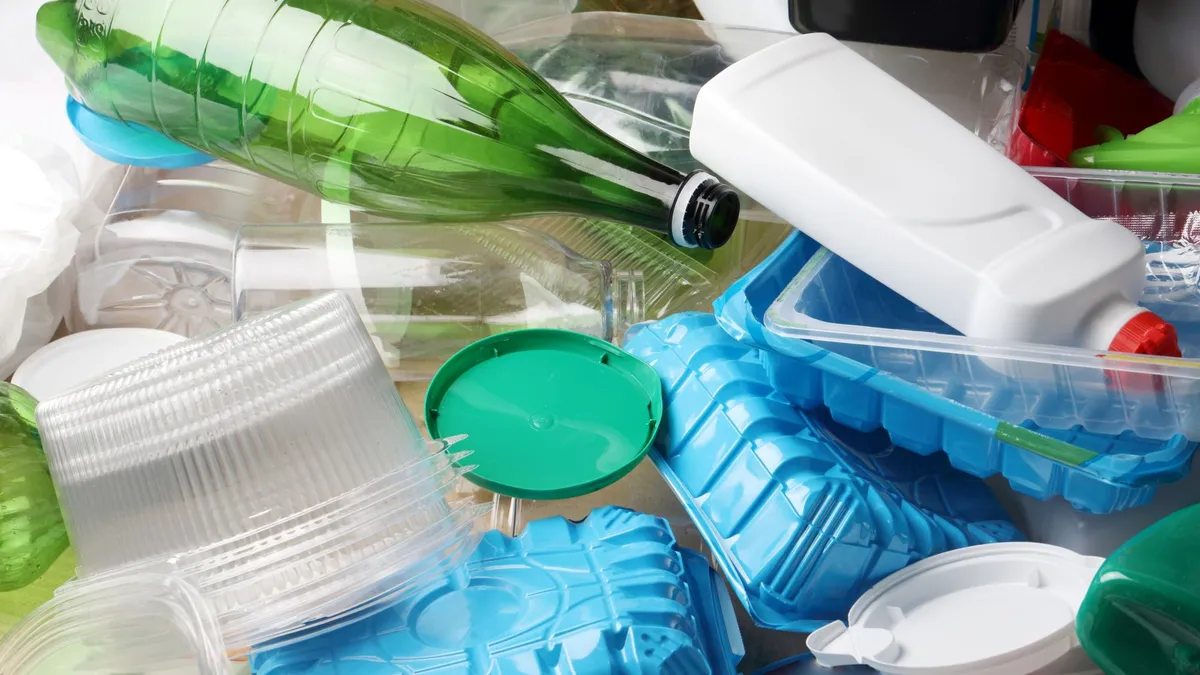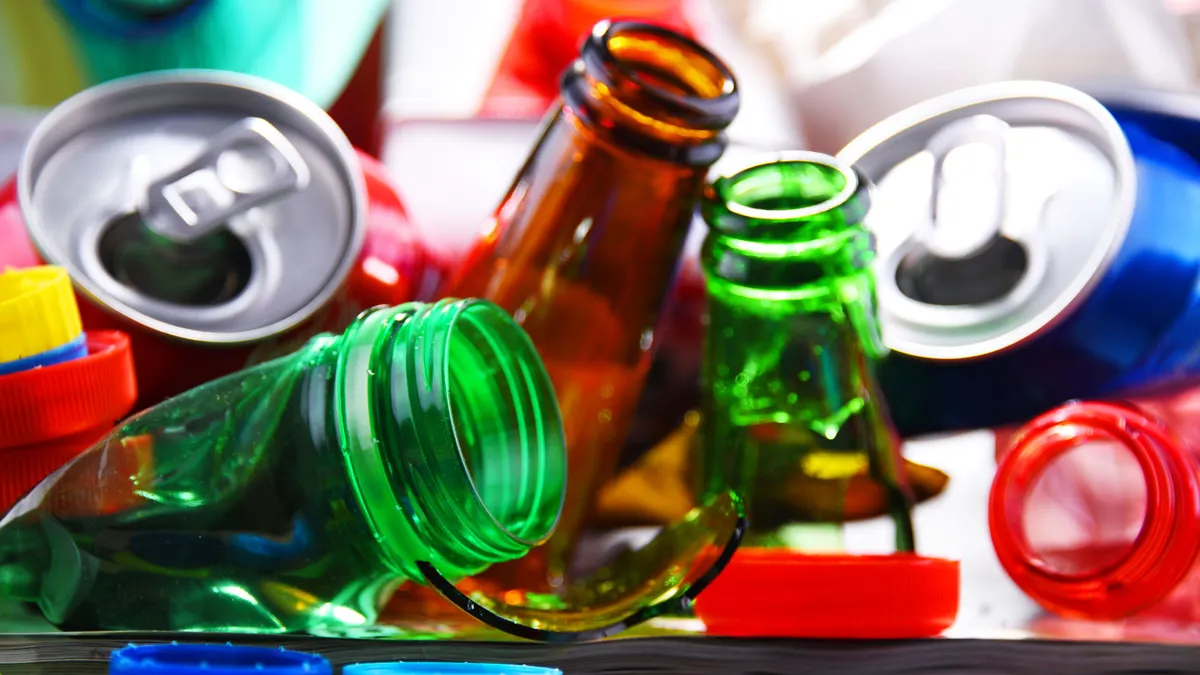The use of flexible plastic packaging is expected to boom in the next few years despite public backlash against plastics.
Simultaneously, there’s a push to get more postconsumer resin into plastic packaging. But as some companies are on the trajectory to fall short of their near-term PCR and recyclability commitments for packaging, more questions are arising over what happens next — especially for flexibles, which are currently recycled at low rates.
The U.S. Plastics Pact is a consortium of brands and groups working toward 2025 targets to prevent plastics from becoming waste or pollution. This year, the group released a PCR toolkit to help packaging stakeholders better navigate market dynamics, availability and purchasers. It also contains guidance for procurement officers and designers for getting more PCR into their product lines.
“One thing in particular that a lot of folks are just starting to learn is that recycled plastics don't trade like other commodities,” said Emily Tipaldo, executive director at USPP. “Up until now, it's been a lot of privately held businesses who do business with one another; it's not particularly transparent. The guide is a first step in helping companies to understand some of those dynamics — how they can get more solid contracts in place to hopefully be able to overcome some of the challenges and use greater amounts of PCR.”
Packaging Dive spoke with Tipaldo about some of the biggest challenges with flexibles and incorporating more PCR.
The following interview has been edited for length and clarity.
When a lot of people think of PCR, they think about putting it into PET bottles or other rigids. Do you think PCR fits into the flexible plastic packaging space?
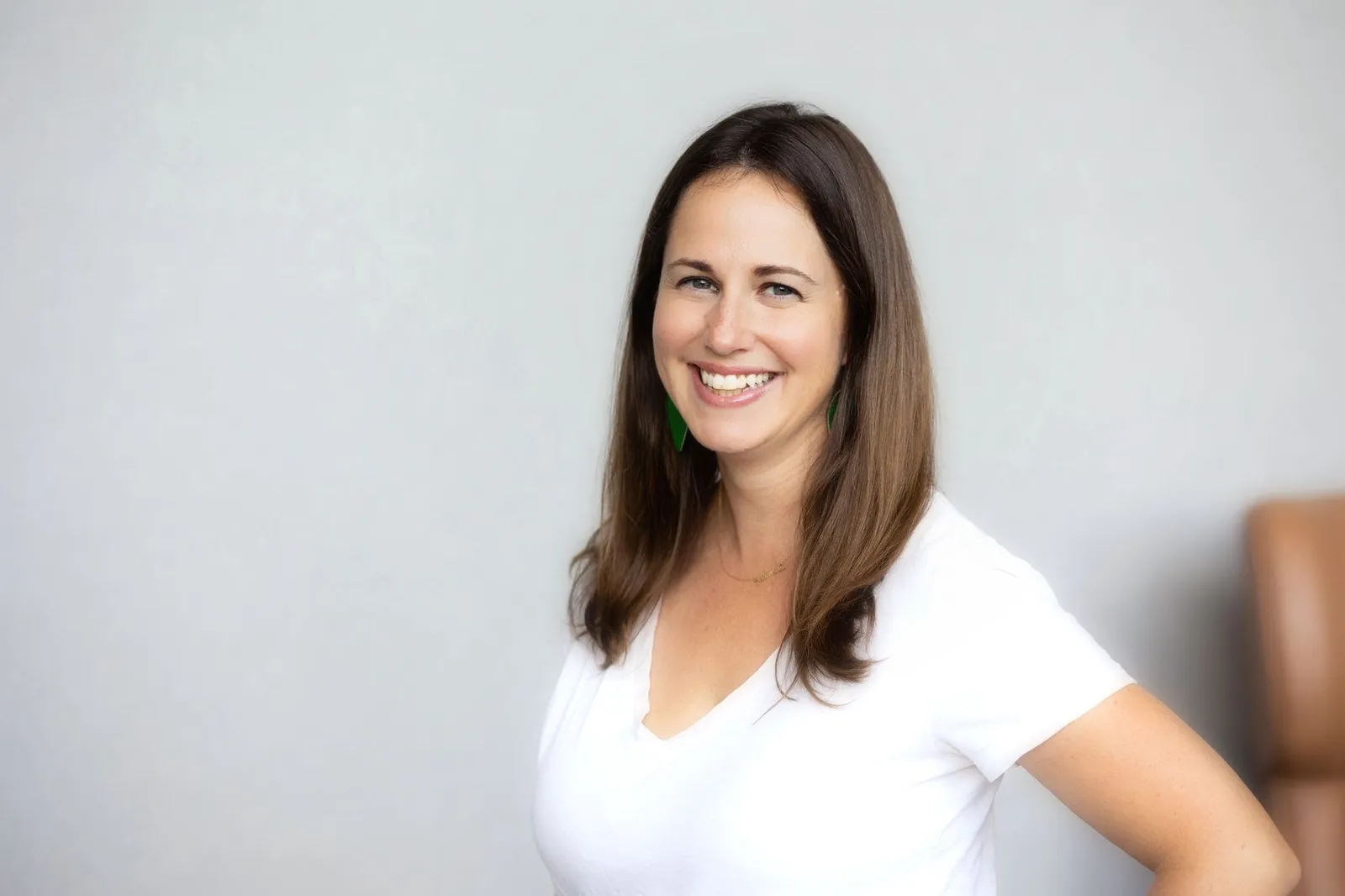
Postconsumer recycled content is really important in a lot of different areas. It's easiest, at this point, to put into rigid packaging, so lots of companies are prioritizing that. There are also opportunities to put it into film. There is a ton of film in the market — we know that from industry reports and from the Pact cohort of companies that have packaging put into the U.S. market.
Recycled content for flexible films has come a really long way. There are more and more companies that are getting clearance for food-grade recycled content — polyethylene in particular can be used in flexible packaging. There are companies looking at ways of embedding it in layers of packaging, so maybe it's not a nice, fancy, finished outside layer, but it's part of a layer of a flexible package. Lots of innovation is happening.
What do you view as the biggest challenge currently preventing greater PCR use, especially in flex packaging?
There are definitely lots of headwinds to using PCR, but cost is the primary roadblock. It's an economic challenge. I'm sort of surprised I still have really big companies who come to me and say things like, “OK, you want me to use more PCR. When can I expect to see the return on my investment?”
At this point, it’s still a longer-term play, and we're working hard to build the right business incentives for companies to do the right thing and use more recycled content. The cost will come down when there's greater demand for that and there's greater market value to using it.
How do you feel about the supply of PCR right now?
The supply question is an interesting one, because it depends on who you talk to. When you talk to reclaimers or recyclers, they will tell you there's so much supply out there for lots of different types of recycled content. Some get agitated because they're storing all this material and nobody will buy it. On the other hand, you'll sometimes hear brands or retailers say they just can't get the supply that they need.
Again, it comes back to cost. It’s an issue because there very well may be a supply but not necessarily at the quality or at the cost that the downstream users — like brands, converters and retailers — are willing to pay. So there’s oftentimes a disconnect there.
It is true that the brands are looking for postconsumer recycled content supply that is, if not as good as the virgin plastic that they're using, very close to what they're using. Their specifications are usually really tough. It's hard, but it’s getting easier to reprocess recycled content in a way that it is able to meet those really tough specifications. More companies are able to do it and are able to produce great material.
It is good for folks to remember that it's not only used in food-contact packaging. It's often also used in personal care products and beauty care products because they also want that really high-quality material for their packaging. It’s really come a long way, but we still have a ways to go.
While there’s a push to get more PCR into products, we’re also seeing a push to use more paper or other sustainable materials in packaging instead of plastic. Does that movement interfere with or stunt progress on PCR use?
I don't know that it interferes with the use of PCR. Companies are still very much in that space right now. It's good to see some of them making decisions about the way they're going to go for different product lines to meet some of their own sustainability or packaging commitments. A lot of them have made them on a 2025 or 2030 timeline — we're running out of time, and now is really the time for folks to take action.
As long as we continue to use plastic products, there will always be an opportunity to use more postconsumer recycled content — whether it goes back into packaging or something else — so I don't really see a switch to other things as necessarily interfering.
There have also been questions more recently as to the numbers around recycling rates of corrugated paper and whether or not those are what they seem or whether those have been inflated. I think more so than anything, it’s important to encourage people to track metrics and be transparent about the decisions that they're making so that they know they're doing the right thing in terms of lessening their environmental impact and working toward their corporate sustainability commitments.
How does USPP weigh the net benefits of what flexible plastic packaging offers while also weighing the challenges with its recyclability right now?
That's a big question. When you look at our most recent annual report you can see the tonnage of plastic packaging sold into the U.S. market. A few different types of flexibles are in the top five tonnages. There is a lot of flexible plastic packaging out in the market, particularly when you look at not only primary packaging, but also inclusive of secondary and tertiary packaging — things like transport packaging, pallet wrap, stretch film, all of that. There’s a ton in the commercial space as well as residential usage, and it does offer a lot of benefits when it comes to food preservation and source reduction because you’re using less plastic to do the job.
For as much as we’re focused on postconsumer recycled content and encouraging companies to use more of that, what we're a bit more focused on when it comes to flexibles at this point in time is upfront design. Because of where infrastructure is for recycling and some of the challenges around food-contact quality material for PCR, we are encouraging more flexible packaging users and designers to design the package correctly to be recycled if that is meant to be its pathway, and if it’s meant to be composted, then to follow guidelines on that front.
The Pact has offered guidance, which was published internally for our members and are going to be publishing externally later this summer. For recyclability, we adhere to the Association of Plastic Recyclers’ design guidelines and have built on that a bit to add some additional guidance for flexibles, because there's such variability in the U.S. market when it comes to flexible plastic packaging and the types of materials being used. That makes it so, so difficult for recyclers. So we need to streamline the materials that are going in to ensure quality material on the other end if we truly want those things to be recycled.
Do you think that the challenges with recycling flexibles will affect momentum for use of that packaging and getting more PCR into it?
Flexibles will continue to be a challenging item to recycle. We still have work in this country to do on things like PET bottles, and I think we’re on a longer trajectory for flexible packaging.
All the things that I have seen lead me to believe that we still need a suite of solutions to get that material back. I don't think we can just singly go to curbside collection for flexible packaging. We will need store drop-off capabilities for collecting flexible packaging, as well as curbside recycling for some of that. We need things to be designed correctly if we expect them to be valuable materials in the system.
I'm also encouraged by some of the collaborations that have come together. A lot of different things have been tried over the last 10 or 15 years, like retrofitting a MRF to add more sorting capabilities or creating a bag-in-bag program for residents to collect more films. The industry has learned a lot from those different projects and research.
It should be interesting to see what comes out of the MBOLD initiative in Minneapolis and St. Paul, Minnesota, over the next couple years, that includes a recycler, a converter, brand companies and retail partners. It will be looking at a closed loop recycling collaboration for commercial film in the region. It will be inclusive of offtake agreements, which is so incredibly important to provide that pull-through, or demand, through the system and knowing that there are contracts in place for the material. It'll be interesting to see, if it does well, how we can replicate that in other regions in the U.S.
Has USPP identified some of the best recycling outcomes for flexible packaging right now, whether that’s chemical recycling or something else?
Going forward, I think it will continue to be a mix of both mechanical and chemical recycling for film. I think we're still in a place of gaining a better understanding of what is truly needed in terms of feedstock for chemical recycling. We don’t have any of the big commercial chemical recycling operations for polyolefins online yet in the U.S. For me, it's a little bit of wait and see what happens. I think there is promise there, but it won’t be the only avenue.
It's important that the industry is realistic about expectations for chemical recycling and the realities of both what they want in terms of feedstock and what their output will be. As I've learned more about that space, it seems as though the chemical recyclers who are looking to reprocess polyethylene and polypropylene films still want pretty high-quality materials so they have a high yield at the end of their process. It's really not any different than what feedstock the mechanical recyclers are looking for — which is good because there'll be more competition all the way around. But chemical recycling certainly won’t be the unicorn to take all of the stuff that no one else wants.
Any last thoughts on the future of flexible plastic packaging?
Films are really challenging because of their prevalence in the market and performance attributes that they provide. I don't expect them to go away anytime soon, so it is really important that companies invest in solutions and that collaborations continue to find solutions for film.






